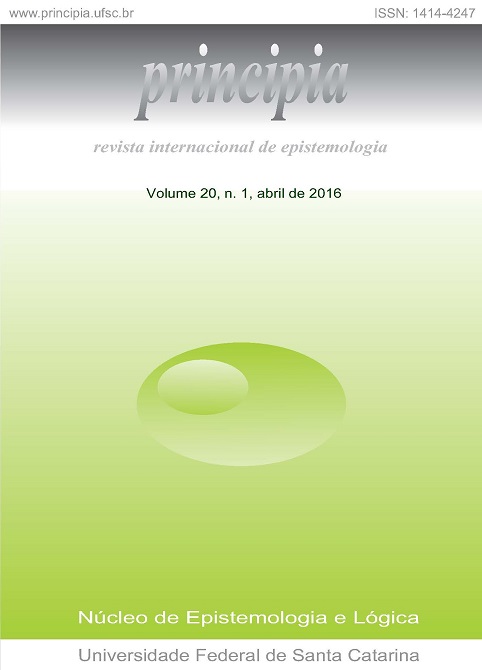Actualism and Fictional Characters
DOI:
https://doi.org/10.5007/1808-1711.2016v20n1p61Abstract
In what follows, I present only part of a program that consists in developing a version of actualism as an adequate framework for the metaphysics of intentionality. I will try to accommodate in that framework suggestions found in Kripke’s works and some positions developed by Amie Thomasson. What should we change if we accept “fictional entities” in the domain of the actual world? Actualism is the thesis that everything that exists belongs to the domain of the actual world and that there are no possibilia. I shall defend that there are abstract artefacts, like fictional characters, and institutions. My argument could be seen as a version of Moore’s paradox: it is paradoxical to say: “I made (created) it, but I do not believe it exists”. Moreover, there are true sentences about them. I will examine what it means to include abstract artefacts in the domain of the actual world. I favour a use of “exist” that includes beings with no concrete occupation of tri-dimensional space; to exist, it is enough to have been introduced at some moment in history. Abstract artefacts, like fictional characters, exist in that sense. I argue that it is important to distinguish two perspectives (internal and external) in order to clarify the kind of knowledge we have of fictional characters. However, their existence presupposes a relation of dependence to a material basis and the mental activities of many people.
Downloads
Published
Issue
Section
License

Principia http://www.periodicos.ufsc.br/index.php/principia/index is licenced under a Creative Commons - Atribuição-Uso Não-Comercial-Não a obras derivadas 3.0 Unported.
Base available in www.periodicos.ufsc.br.



